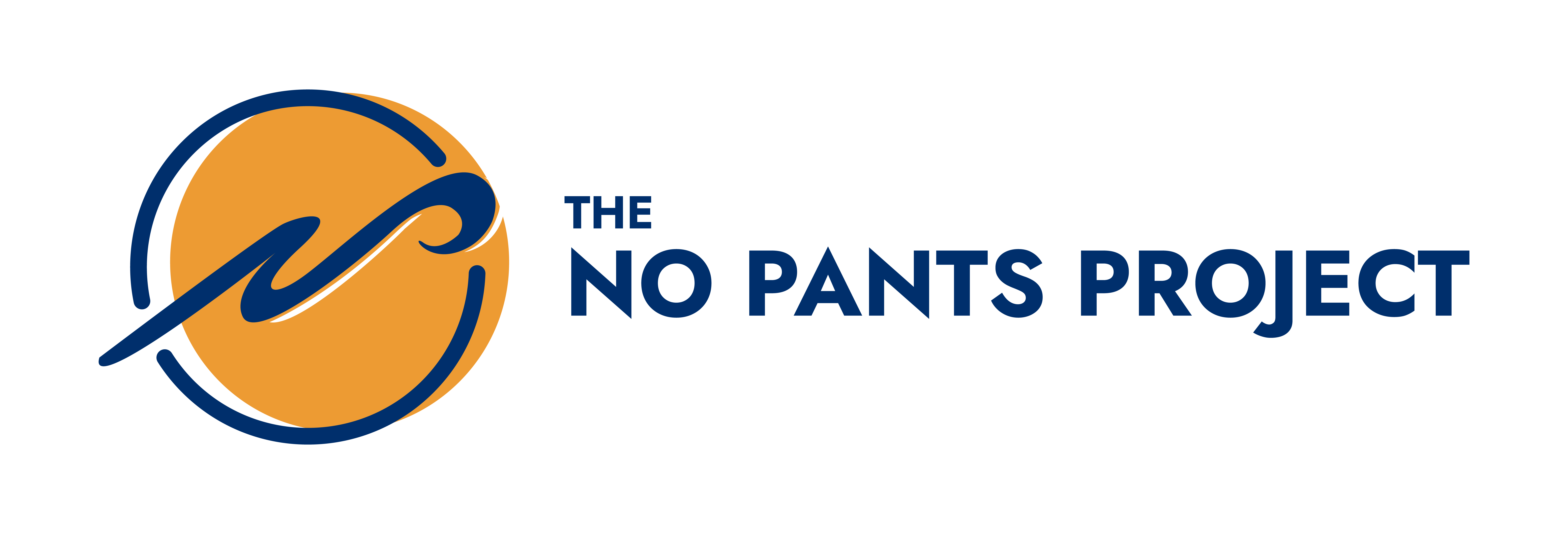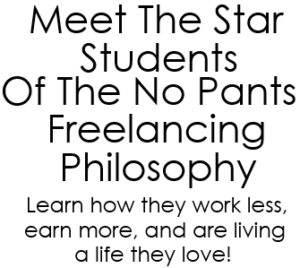I got into the corporate grind in my 20s.
It’s not what I wanted, but I was broke.
What I wanted was to be creative, so I worked an astonishing array of odd jobs, mostly to support my favorite, and largely unpaid odd job, writing for music magazines.
After a few years the novelty of free CDs and guest access wore thin, as my definition of fun evolved and included stuff like buying groceries and paying the electric bill.
I told myself that the first office gig was just a temporary stopover, a good way to play grownup for a few minutes and get on my feet.
I’d get out of debt, set aside some cash, and get back to my creative goals and dreams in no time.
Then I blinked, and I was middle aged.
I would tell you how many times I thought about quitting, but I don’t think I can count that high.
And I actually did quit a few times. But I never left the game. I just traded one cubicle post for another.
I felt battered and frayed, but I kept at it because I was getting paid. And because I thought self-employment was a far fetched, scary dream.
- I thought freelancing was an endlessly insecure hustle, and if I was gonna burn at both ends, at least I’d do it in exchange for a guaranteed salary. (The first myth here is that hustling is a freelance requirement. The second is that salaries guarantee paychecks.)
- I thought self employment meant working for free for at least a year.
- I thought I needed to be an employee to get benefits.
- I thought “client” was just a different word for “boss”.
I was wrong on all fronts. What I thought were truths turned out to be myths, and I wish I’d busted them a lot sooner.
If you’re afraid of freelancing, allow me to present some new perspectives.
MYTH 1: Freelancers never relax. They’re always hustling for clients.
Even when I was working ridiculous hours in a thankless corporate job, at least my misery and resentment were familiar sources of pain.
The idea of exhausting myself to chase potential clients who might not even result in bank deposits seemed like an altogether different and wholly unfamiliar sort of suffering.
So I did what lots of us do. I stuck with the grind I knew, and assumed that grinding is just a given if you want to live with any degree of comfort. And if you gotta grind, you may as well do it with the devil you know, right?
Wrong.
You don’t gotta grind.
Grinding is not a requirement for successful freelancing.
The long-suffering, never relaxing, freelancer is just a composite of common anxieties.
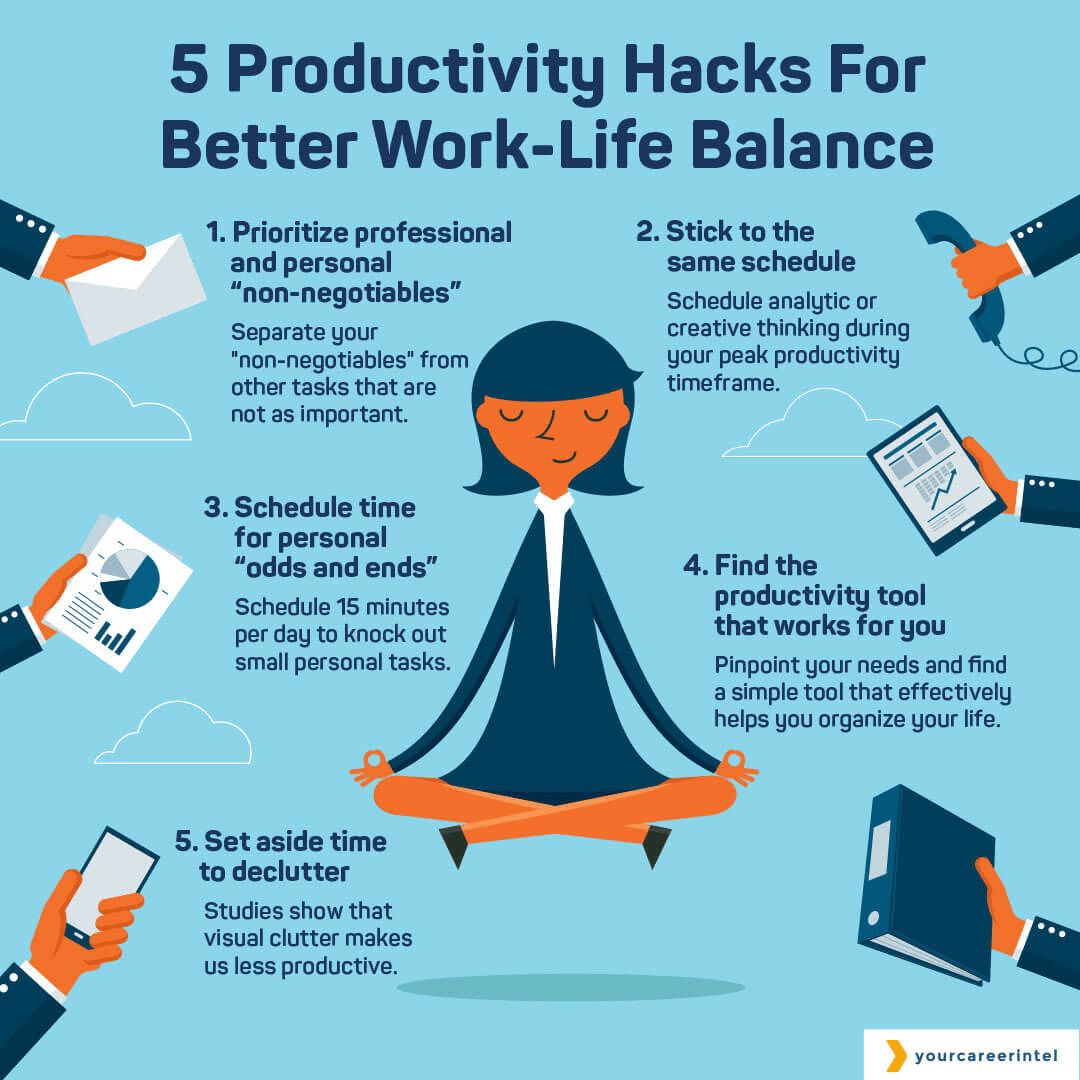
If a seasoned business owner is truly unable to relax and always on the hunt for his next client, then he’s doing something wrong.
It all comes down to the way you build your business.
There are ways to automate and streamline the client-getting process. There are ways to keep clients long-term. And still other ways to create boundaries around your time and availability.
In fact, you can build a freelancing business that circumvents pretty much any personal pet peeve or pain point you want to avoid.
If I hadn’t enrolled in The No Pants Project, my freelance model would probably be centered on one-off work, high client turnover, and exhausting hours, meaning I’d essentially recreate the misery I meant to escape.
That’s not to say my days are filled with poolside bonbons and fancy cars. (Give it time. I’ve got goals!) And I’m also not afraid of hard work.
(Dear Reader,
At some point in my life Hard Work became my middle name, but I’m in the process of changing it to Wonderful Work.
Your Friend, Laura Will Work for Wonderful Work Curvin)
If I’m gonna answer emails 24/7 and take on other people’s mistakes as my “emergencies”, then I can always go back to a corporate job. I’m not doing that anymore.
I’m building a business on my terms, and I’m learning from people who perfectly embody the myth-busting truth that freelancing is what you make it, and grinding is optional.
Peter is one of the NPP coaches who offers creative services similar to mine, and he’s designed a freelance life by his exact specifications . He works a schedule of his own creation, takes vacations when he wants, and can’t remember the last time he looked for work. He doesn’t hustle to find his next paycheck. Clients and projects come to him, not the other way around.
Every week Pete hosts Q&As in The No Pants Project, so people like me can pick his brain and get expert advice from someone who’s already doing it right.
MYTH 2: It’s at least a year before you make any money.
Freelancing is not the same as opening a local pizza parlor. This isn’t a brick and mortar endeavor, or a startup with investors and employees that push profitability years into the future.
The amount of work you can get as a freelancing noob, and the time it takes to get it, depends largely on the level of effort and pace you can invest in building your client base.
Lightning speeds are completely doable.
I got a client after sending my very first batch of 10 outreach emails. That’s TEN measly emails, not ten hundred. Once I finally started reaching out (and stopped freaking out about selling), I had my first paid project within weeks, not months.
It’s worth noting that I’m pretty slow compared to lots of my pants-free peeps.
Where some folks send 50-100 outreach emails in a given day, my personal best is about 25. At first I let my plodding pace get me down, but I eventually realized that tenacity is more important than speed.
And there are successful freelancers on every part of the pacing spectrum.
Fast ones, slow ones, touch and go ones.
The ones who make it are the ones who don’t quit, no matter how quick they get up and running.
Itching to experiment with different prospecting strategies, or dabble in different nichès before you settle down? That’s your prerogative, boss.
Wanna bang out the fastest client-getting tactic at the highest volume possible? Go for it. If you’re ready to rock, you can fill your client roster within 90 days.
Jessica Berlin had her first clients within weeks of implementing outreach techniques from The No Pants Project. That’s multiple clients right out of the gate, and she’s still going strong. You my hero, Jessica!
After you find the right teachers, finding clients can happen super fast, or whatever pace you like.
MYTH 3: Freelancing means forgoing employee benefits and perks like health insurance and paid vacations.
One of the first things I learned in The No Pants Project was how to calculate a target income that covers all my essentials, including whatever I deem to be important or even just desirable.
If she’s doing it right, a freelancer can afford all the perks her corporate counterparts enjoy.
Sure, you can have an employer pay for benefits like vacation coverage or health insurance. That is certainly an option. But it isn’t the only option.
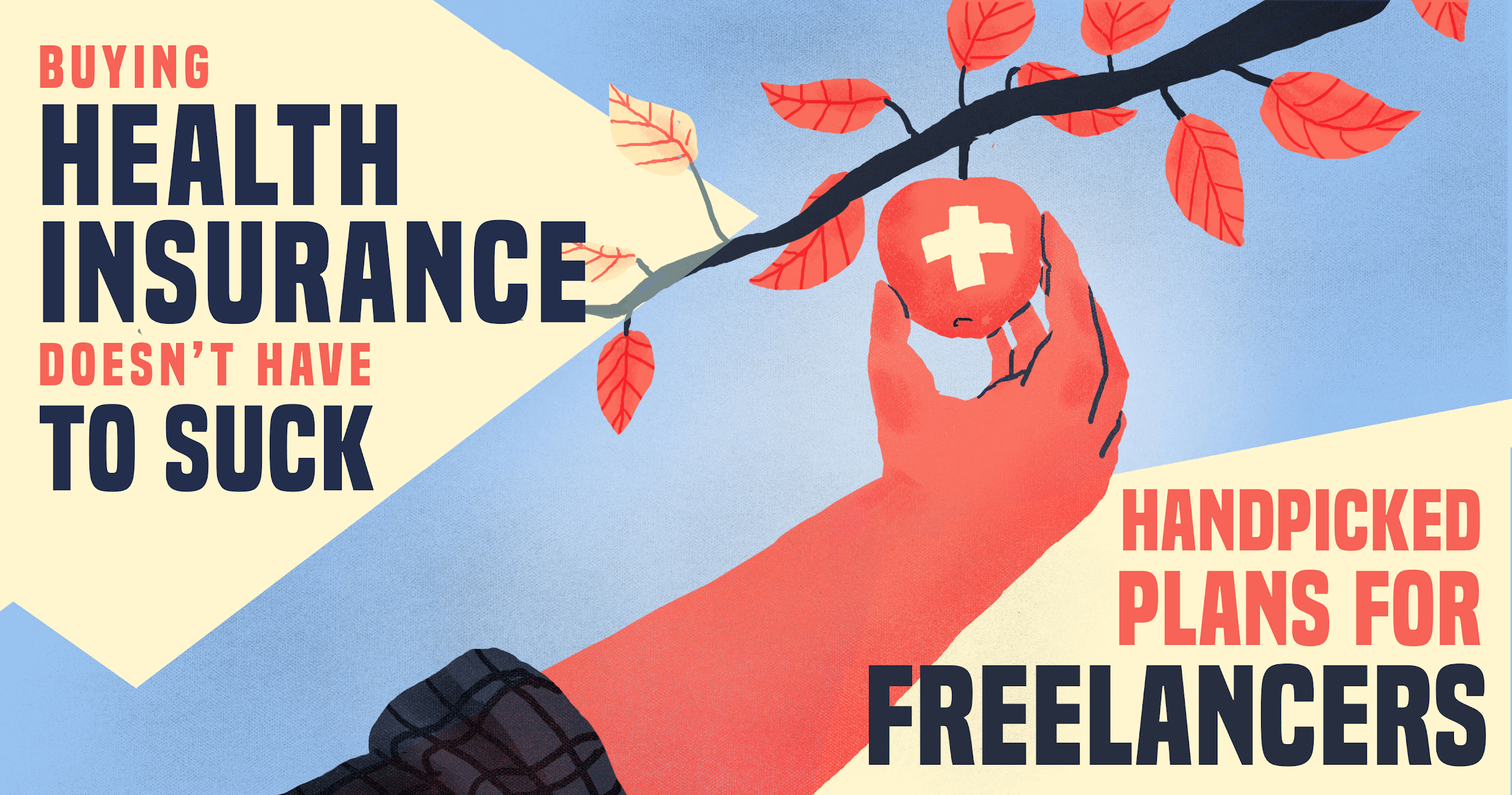
You have to decide if the trade-off is worth it.
5 Places to Find Health Insurance for Freelancers or the Self-Employed
I’m not trying to pretend that anyone with a dream can make stacks of cash and live like a corporate fat cat minus the corporate political crap. I’m a human person who lives in the real world, and freelancing is reality based, not a scheme to get rich quick.
For the sake of example, and to be corny, let’s say your special skill is designing custom saddles for unicorn riders.
(Though they’re similar to horse saddles, a unicorn saddle is wildly complex. I think we can all agree that unicorns are complicated, right? Same goes for their fashion.)
Based on the time it takes to create a custom pattern, the cost of shipping, and a whole host of market variables involving fairie free trade and the conversion rate for magic coins, you’d have to sell each saddle for multiple thousands of dollars, which is more than the average unicorn rider can afford. So… What if you taught riders to make their own patterns instead?! Now you’re talking. That’s the sweet spot between what you’re offering and what the market will pay. It applies to all businesses, especially real ones. (If unicorn riders existed, you’d be rich and adored by woodlands creatures far and wide!)
If you’re looking for some inspiration that’s a little more grounded, check out 40 Fun Freelancing Business Opportunities for Creatives in 2019.
Back here in the land of boring old cars that (still!) don’t fly, you can create a freelancing business that matches or surpasses a corporate salary and then some. Because you’re a real person, not a unicorn rider, and I believe in you. (I also believe in unicorns. Don’t tell anyone.)
MYTH 4: Freelancers may have a different “boss” from one project to the next, but they always have bosses.
This myth is based on an employee mindset, which can be hard to shake if you’ve worked as an employee for any length of time.
But get this. Freelancers can actually fire their clients. (Take that, employee mindset!)
I’d never heard of firing your clients until I joined The No Pants Project, and it’s a total game changer.
The very idea filled me with a sense of hope and empowerment, not because I’m gunning to fire anyone, but because it’s liberating to realize that working with a client is NOT the same as being a client’s employee.
The shift from employee-brain to business-owner mindset has been one of the most important, and at times most challenging, mental updates I’ve made.
When I remind myself that I’m coming to the table as one business owner supporting another, it changes the way I approach work, the way I feel about work, and the boundaries I set around work.
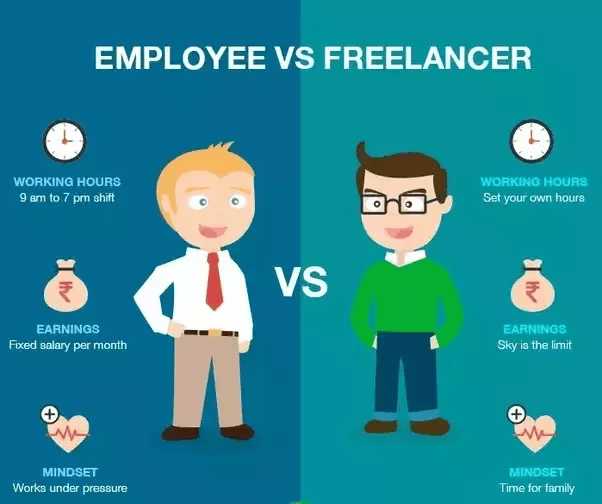
It’s the difference between taking any job that pays my asking price and opting out because I don’t feel a connection with the requestor. (I’ve actually done this, and it feels as great as it sounds.)
To be clear: Clients’ opinions and problems matter. But sometimes, especially if we’re coming from years of traditional employment, we can confuse the weight of their opinions and problems with the dynamic of being their employee.
But make no mistake. Clients are not our bosses. They are our customers.
There’s a big, life changing difference between the two.
Let’s Bust Out a Summary
With these common freelancing myths busted, you’re free to pursue a dream of being your own boss!
- MYTH: Freelancing is all hustle and grind. BUSTED: Don’t believe the hype.
If your freelancing business is imbalanced, you’re doing it wrong. - MYTH: It takes years before you make any money. BUSTED: Freelancing is Pick Your Own Adventure AND Pace. Thanks to the low overhead of the internet, you can start making money in 90 days (or less!).
- MYTH: You need a “real” job for the benefits. BUSTED: If you implement your business the right way, the income will cover any essentials you could get from an employer, and then some.
- MYTH: “Client” is just a different word for “boss”. BUSTED: Don’t get it twisted. Clients are customers buying goods and services from you, a fellow business owner.
I spent way too many years at the mercy of office politics and corporate hustle. My only regret about joining the The No Pants Project is that I didn’t do it sooner.
